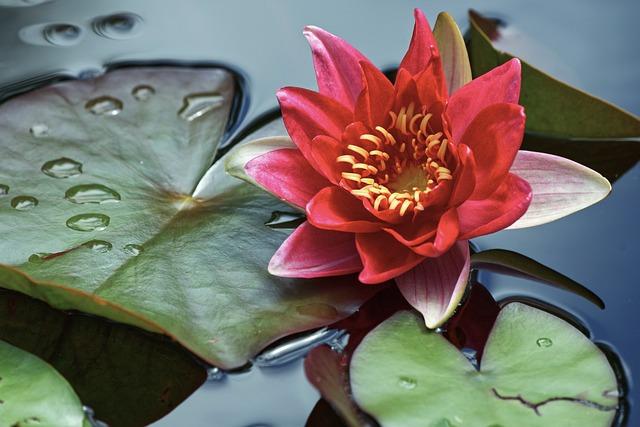- Introduction
- History and Origin of the Lily
- Symbolism and Cultural Significance
- Varieties of Lilies
- Cultivation and Care for Lilies
- Conclusion
- FAQs
- References
Introduction
Welcome to this comprehensive guide on one of the most popular and striking flowers in horticulture—the Lily (genus Lilium). This article will delve into various aspects surrounding these beautiful plants, including their rich history and symbolism, the varieties you will come across, and practical ways to cultivate them in your garden.
Lilies are not just admired for their aesthetic beauty. They hold deep cultural significance and symbolic meanings across the world. By the end of this in-depth article, you'll have a broader understanding of how this plant has evolved over time, how it’s appreciated in different cultures, the hundreds of varieties, and how best to grow and care for them in your own outdoor space.
History and Origin of the Lily
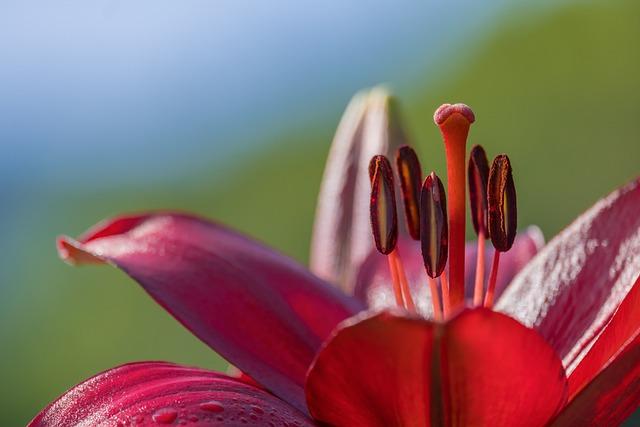
(Image: Pixabay/@Couleur)
The Lily, scientifically known as *Lilium*, belongs to a family of plants that have captured human fascination for centuries. With origins traced to both Europe and Asia, Lilies are considered ancient flowers, typically dating back thousands of years. Some studies cite their use in artforms as early as 1580 BC, with ancient Egyptian tomb paintings illustrating the use of Lilies in funerary practices and as symbols of life after death.
Lilies were also prominent in Greco-Roman eras. In Greek mythology, Lilies were said to have sprung from the milk of Hera, the wife of Zeus, while Romans used the flower as an emblem of purity and fertility.
Throughout medieval times, Lilies graced the royal courts of Europe, symbolizing chastity, virtue, and sovereignty. As a result, they became associated with religious iconography, particularly within Christianity, where the Virgin Mary was often depicted with white Lilies representing her purity.
In the modern era, global exploration led to the discovery and classification of even more varieties, primarily from East Asia and North America. Today, Lilies are cultivated worldwide, admired for their ornate beauty and historical significance.
Symbolism and Cultural Significance
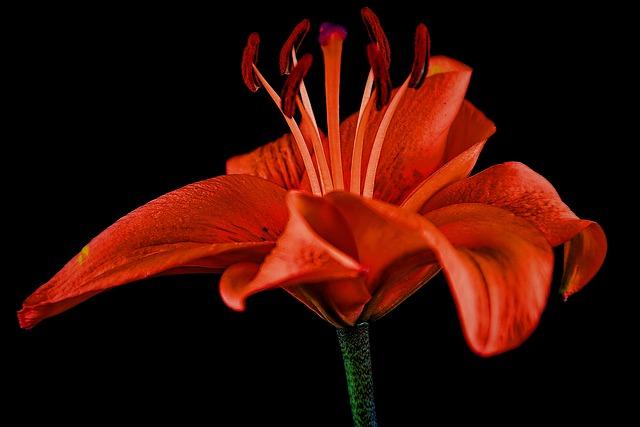
(Image: Pixabay/@Ray_Shrewsberry)
Lilies have long been associated with a range of meanings and traditions, tied to everything from purity to transience. Perhaps the most prevalent association is with purity—particularly in white Lilies, which symbolize innocence and spiritual perfection.
In Christianity, as mentioned before, Lilies are strongly connected to depictions of the Virgin Mary. Saint Joseph, too, is often pictured holding a bloom, reinforcing themes of fidelity, humility, and virtue.
However, the symbolism of Lilies changes depending on the flower's color. Orange Lilies are seen as expressing passion and energy, while yellow Lilies symbolize joy and thankfulness. Different cultures also attribute distinctive meanings to Lilies. In Chinese culture, for instance, the Lily is a common wedding flower because it symbolizes a hundred years of love and good luck.
Lilies are widespread not only in homes and gardens but also in ceremonies and festivals worldwide. From weddings to funerals, these radiant plants communicate emotions and beliefs through an array of cultural lenses.
Varieties of Lilies
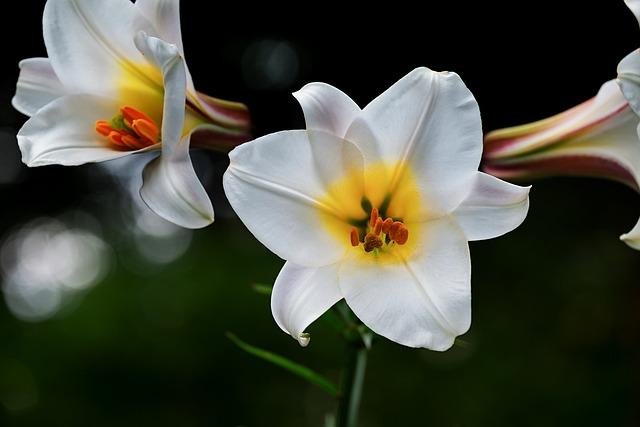
(Image: Pixabay/@Couleur)
The Lilium genus contains over 100 species spread around the globe. With so many varieties, Lilies offer something for everyone, regardless of climate or taste. Here are some of the most popular species:
*Asiatic Lilies*
Native to Asia, these Lilies are among the earliest to bloom each summer. They are renowned for their diversity of colors—ranging from yellow and orange to red. Asiatic Lilies are fairly low-maintenance flowers, making them an excellent choice for beginners.
*Oriental Lilies*
Known for their unmistakable fragrance, Oriental Lilies are larger than their Asiatic counterparts. Their star-like blooms unfurl in various shades of white and pink. These Lilies also boast a magnificent perfume that makes them a favorite in floral arrangements or for indoor growing.
*Trumpet Lilies*
As the name suggests, trumpet Lilies bear large and tubular flowers. These Lilies often grow taller compared to other varieties, sometimes reaching up to six feet! Though they may take slightly longer to flower, their dramatic appearance is well worth the wait.
*Martagon Lilies*
More delicate than other groups of Lilies, Martagon Lilies are unique for their down-facing petals that form a ‘turk’s-cap.’ Often spotted in woodlands, these flowers tend to last longer than many other varieties, thus adding a subtle charm to any garden.
By choosing the right type, you bring a unique character to your garden. Whether for aesthetic value, fragrance, or ease of cultivation, there’s surely a variety fit for your needs.
Cultivation and Care for Lilies
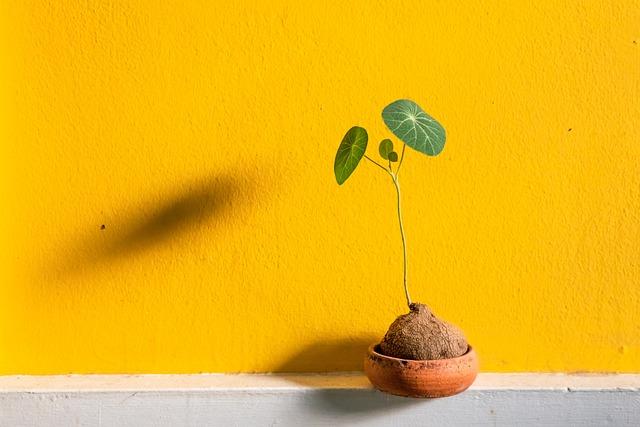
(Image: Pixabay/@olbergeron)
Growing Lilies in your garden is rewarding, but like all perennials, they require knowledge and care. Here are some essential tips to help ensure healthy growth and vibrant blooms year after year:
*Soil Requirements*
Lilies prefer well-drained soil with lots of organic material. Like many flowering plants, drainage is critical in avoiding root rot. Ensure the soil has good tilth—rich, loose, and capable of retaining enough water for moisture-loving roots while effectively draining excess water.
*Light Conditions*
Lilies typically thrive in full sunlight, particularly during morning hours. Ideally, they should be exposed to at least six hours of direct light each day. However, in very hot climates, a bit of afternoon shade can help prolong the life of the blooms by protecting them from extreme heat.
*Watering and Moisture*
Water Lilies thoroughly every few days rather than lightly every day. Deep soaking encourages root establishment, which in turn supports robust top growth. Overwatering, however, can lead to diseases such as Botrytis blight, a fungal infection that will leave your plants looking discolored and wilting.
*Fertilizers and Nutrients*
Because Lilies are perennial plants, they benefit from regular fertilization. Use slow-release, high-nitrogen fertilizers early in the growing season just as the shoots are emerging. You can switch to a high-phosphorous fertilizer later in the season to promote strong blooming.
Conclusion
The Lily, a symbol of beauty, purity, and spiritual renewal, continues to enchant gardeners, florists, and admirers around the world. With diverse species, from the aromatic Oriental Lily to the dazzlingly colorful Asiatic Lily, there is a variety suited for every garden space.
This comprehensive guide has hopefully opened your eyes to the incredible history, symbolism, and growth requirements of this beloved flower. So, whether you're a new gardener or an experienced horticulturist, Lilies represent a stunning and meaningful addition that can thrive under a little care and attention.
FAQs
How long do Lilies take to bloom?
Lilies typically begin to flower about three months after being planted, depending on the variety and the local climate.
Can I plant Lilies in pots?
Yes, Lilies can be grown in pots. Ensure the container is deep enough (at least 12 inches) for proper root development and has good drainage.
Are Lilies safe for pets?
No, Lilies are highly toxic to cats and can cause kidney failure if ingested. It's best to keep them out of reach of pets.
When is the best time to plant Lily bulbs?
Lily bulbs are best planted in late autumn before the ground freezes or in early spring as soon as the soil is workable.

